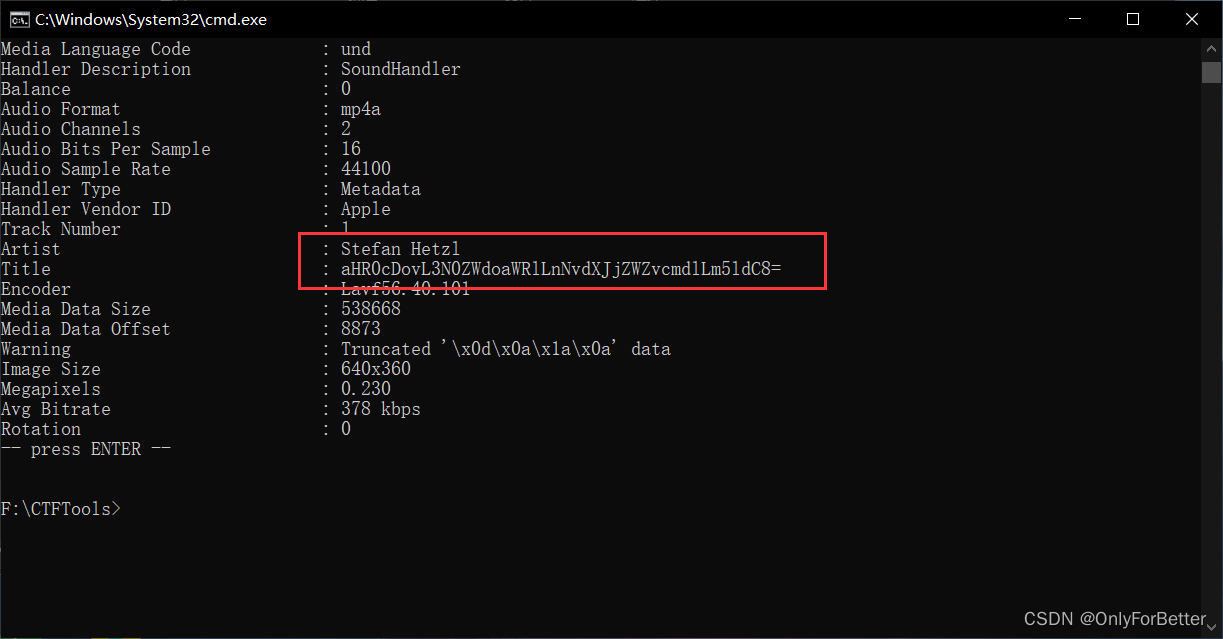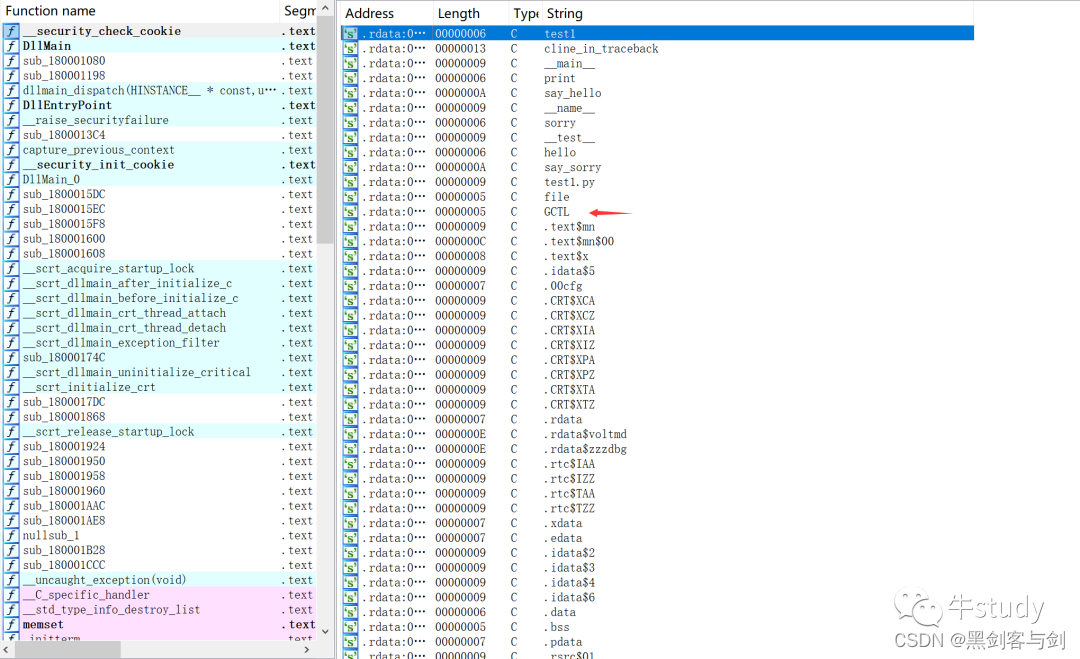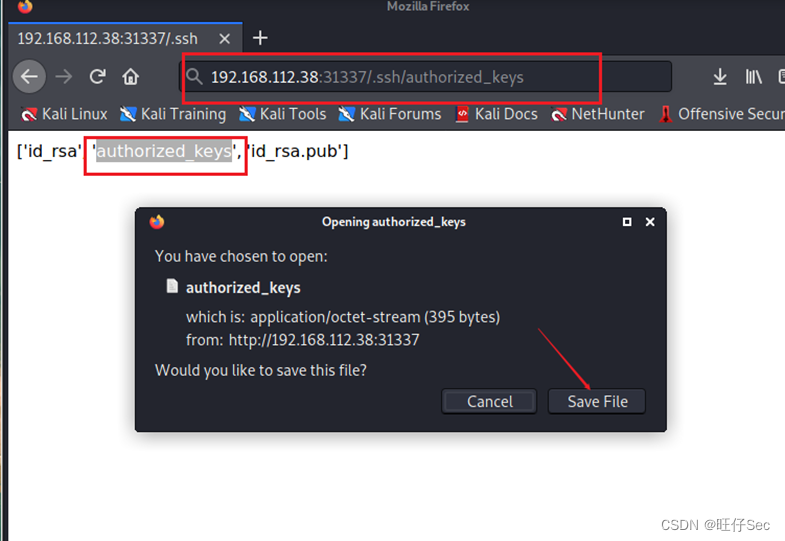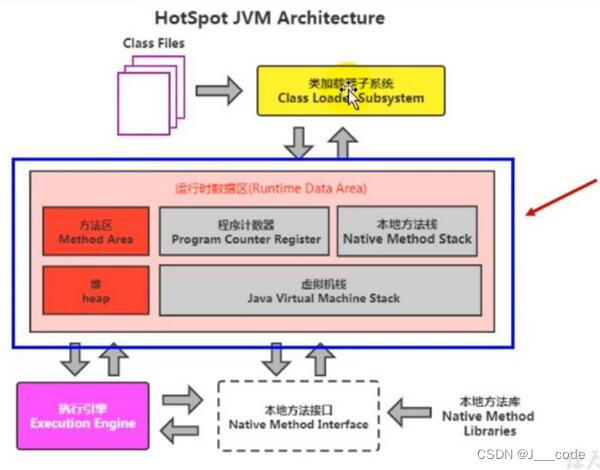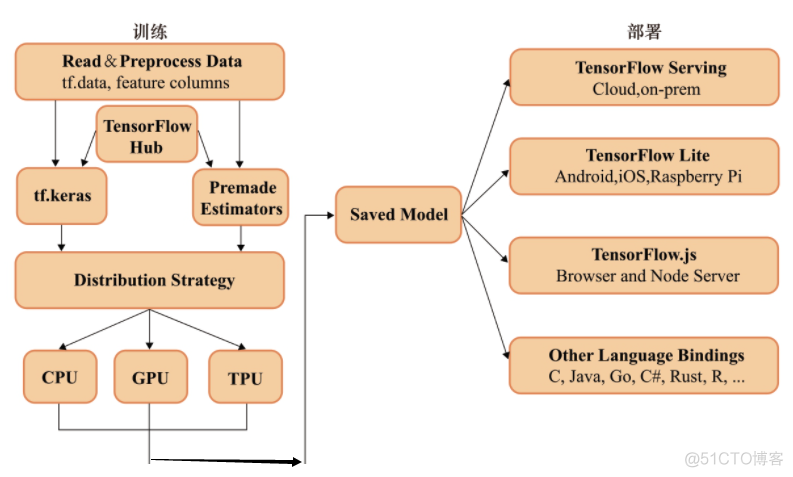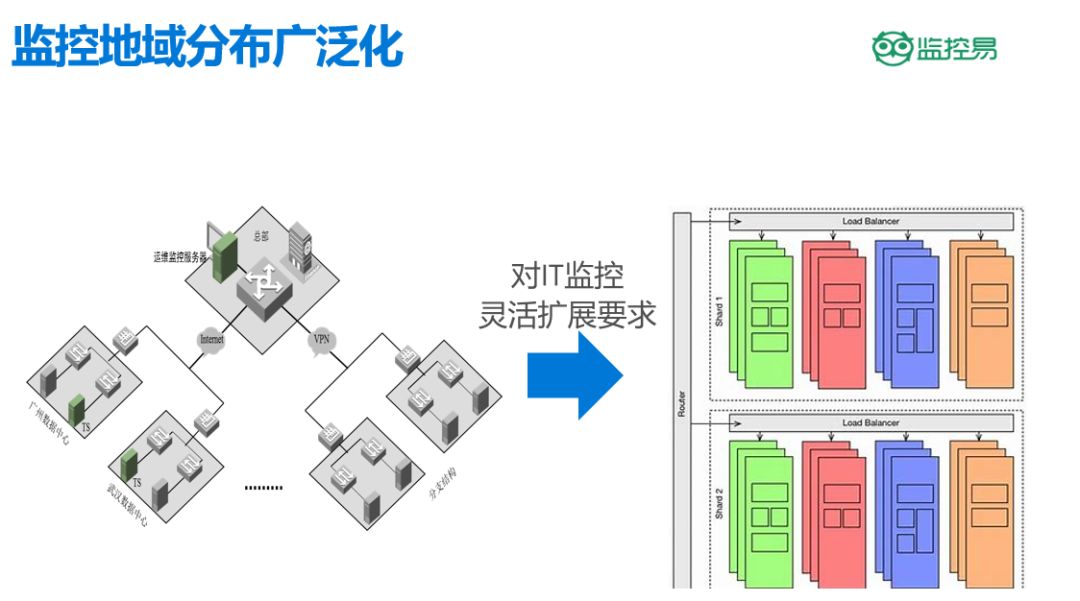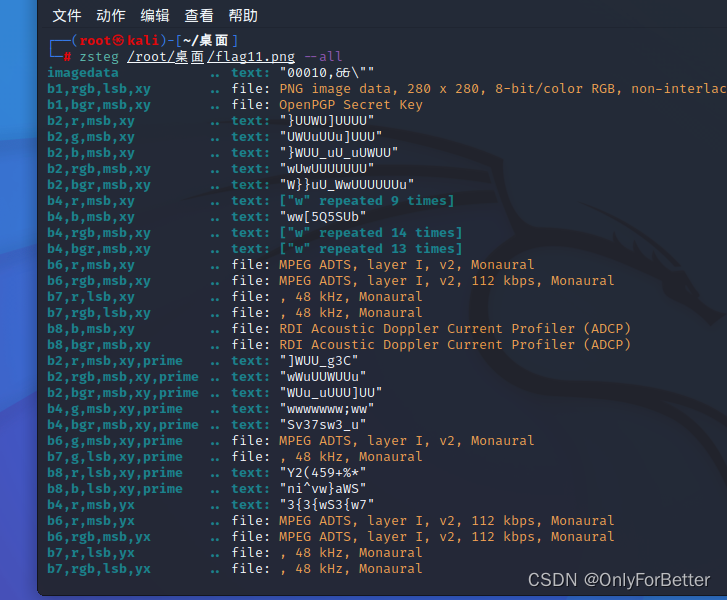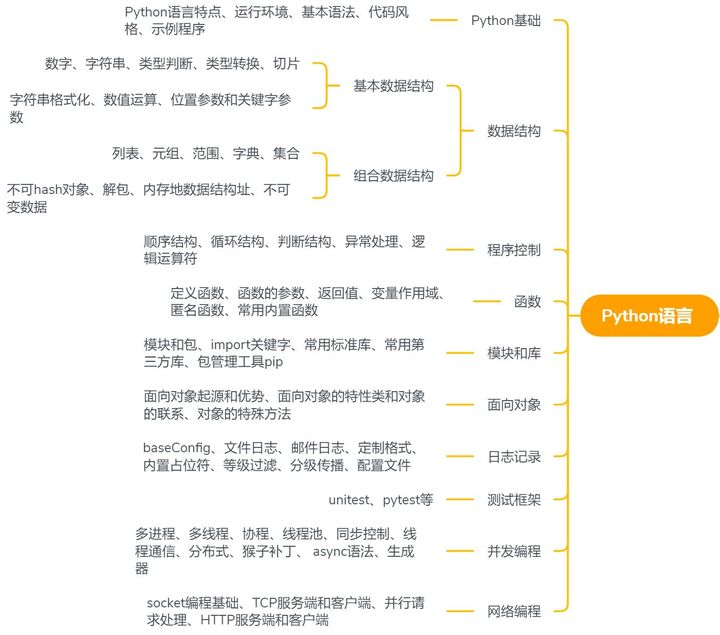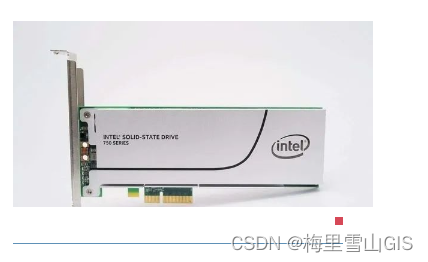当前位置:网站首页>Based on OpenGL glaciers and firebird (illumination calculation model, visual, particle system)
Based on OpenGL glaciers and firebird (illumination calculation model, visual, particle system)
2022-08-02 22:02:00 【biyezuopinvip】
目录
一、 项目简介 3
- Introduction to functions and operations 3
- 代码简介 3
- Correspondence to course design requirements 4
二、 场景实现 4 - 冰川 4
- Sun and time change 5
- 天空 6
- 雾效 6
- 风 6
三、 粒子系统 7 - 粒子生成器 7
- 雪 7
- 雨 8
- 火鸟 8
- 火 10
四、 交互控制 10 - 相机 10
- 角色 11
- Implementation of the rest of the interaction 12
五、 辅助功能 13 - Loader.h 13
- Mesh.h 13
- Shader_m.h 13
六、 External helpers and libraries 13 - 核心模式,GLFW与GLAD 13
- GLM 13
- Learn OpenGL 13
- Blender 14
- Stb_image 14
- Mmsystem.h 14
七、项目感想 14
一、项目简介
1.Introduction to functions and operations
This project builds a glacier scene.
The scene includes an ice surface、天空.拥有白天、夜晚、黄昏/Three time periods at dawn,雨、雪、暴风、雾等天气.
There is a firebird in the scene,And some flames scattered all over the map.Firebird approaching blue flames,It can be detonated,The flames then turned red,Then it turns back to blue after a while.
The user can control the movement of the firebird、视角的转换、Time changes fast、Weather switching, etc.
Use the mouse to control the viewing angle,The scroll wheel zooms in and out.
使用WSControls the Firebird to move along the current viewing direction,ADControl the firebird to turn.
Use the number keys to toggle the weather:
1:晴天
2:雨天
3:No wind and snow
4:暴风雪
使用+、-Change the speed of time change
(Since the above are all sticky bonds,The button needs to be long-pressed to take effect)
2.代码简介
使用了OpenGL的核心模式,And use some external libraries and code.with the same name as the header filevsThe file is the vertex shader corresponding to the model,fsfor the fragment shader.
CG.cpp:主函数,Create window is included,创建、Draw all objects in the scene,Control system wind,接受用户输入,Control the weather and more.
Camera.h:Responds to wheel and movement events of the user's mouse,转换视角.At the same time, the position and direction of the camera are modified according to the motion state of the bound object.
Character.h:Respond to the user's keyboardWASD输入,Change the movement state of the character.Control the character at the same time(火鸟)wings flapping、粒子效果等.
Fire.h:Controls the properties of the flames in the scene.Detects the distance to the protagonist,Control flame explosions.
Floor.h:Create glacial terrain.
Fog.h:Controls the range and variation of the fog.
Light.h:Controls the properties of the sun、移动.
Loader.h:读入模型.
Mesh.h:The model that will be read in withVAO、VBO绑定,加载纹理.
Particle.h:粒子生成器,Generates particles based on various attributes of the input.
Rain.h / Snow.h:control rain、Snow particle system.
Sky.h:Controls the properties of the sky.
Shader_m.h:加载着色器.
Stb_image.h:Read in an image as a texture.
Glad.c:在运行时查找opengl函数的具体位置.
The last three files are imported directly from outside,未作修改.此外,还使用了glfw、glm等库(详见“External helpers and libraries”).
3.Correspondence to course design requirements
(1)Scene modeling and rendering,Add lighting to the scene,Lighting can be interactively controlled(20分,According to the complexity of the scene、Rendering effect, etc)
场景使用blender建模.Try external model import,But it didn't work well, so I gave up.The render has a render of the sun and sky、Rendering of fog effects, etc.
The sun in the scene、火焰、Firebirds have light.
Interactive control of lighting:The speed of time change can be controlled、Interacting with the flame changes the intensity of the flame light、颜色.
(2)Design and implement particle system special effects,There are physics simulations for particle motion,The 3D model of particles in the particle system can be switched in real time(30分,According to the special effect complexity of the particle system、计算模型、Algorithm efficiency, etc)
The particle system has rain、雪、火焰、Firebird wings.
雨、雪、Fire has a physical relationship to the wind in the scene,粒子的位置、速度、The acceleration uses the laws of physics.
It can be used when controlling the weather changes,Switch the 3D model of particles in the particle system in real time.
(3)Lighting of the 3D model of the particle、纹理映射(20分,The complexity of implementing the method in terms of the visual appearance of the particles、Implement performance scoring)
Particles use a 3D model,Snow particles and light sources in the scene have lighting calculations.Fire particles allow for computational efficiency,A light source is set in the position of the generator to create the effect of the example glowing.
火粒子、Snow particles have texture maps.
(4)Design and implement interactive control of particle systems(20分,According to the novelty of interaction、Natural and interactive response scoring)
The user can control the movement of the firebird、视角的转换、Time changes fast、Weather switching, etc.
本文来转载自:http://www.biyezuopin.vip/onews.asp?id=16550
#pragma once
#ifndef CAMERA_H
#define CAMERA_H
#include <glad/glad.h>
#include <glm/glm.hpp>
#include <glm/gtc/matrix_transform.hpp>
#include <vector>
// Defines several possible options for camera movement. Used as abstraction to stay away from window-system specific input methods
/*enum Camera_Movement { FORWARD, BACKWARD, LEFT, RIGHT };*/
// Default camera values
const float YAW = -90.0f;
const float PITCH = 0.0f;
//const float SPEED = 2.5f;
const float SENSITIVTY = 0.1f;
const float ZOOM = 45.0f;
// An abstract camera class that processes input and calculates the corresponding Eular Angles, Vectors and Matrices for use in OpenGL
class Camera
{
public:
// Camera Attributes
glm::vec3 Position;
glm::vec3 Front;
glm::vec3 Up;
glm::vec3 Right;
glm::vec3 WorldUp;
// Eular Angles
float Yaw;
float Pitch;
// Camera options
//float MovementSpeed;
float MouseSensitivity;
float Zoom;
// Constructor with vectors
Camera(glm::vec3 position = glm::vec3(0.0f, 0.0f, 0.0f), glm::vec3 up = glm::vec3(0.0f, 1.0f, 0.0f), float yaw = YAW, float pitch = PITCH) : Front(glm::vec3(0.0f, 0.0f, -1.0f)), MouseSensitivity(SENSITIVTY), Zoom(ZOOM)
{
Position = position;
WorldUp = up;
Yaw = yaw;
Pitch = pitch;
updateCameraVectors();
}
// Constructor with scalar values
Camera(float posX, float posY, float posZ, float upX, float upY, float upZ, float yaw, float pitch) : Front(glm::vec3(0.0f, 0.0f, -1.0f)), MouseSensitivity(SENSITIVTY), Zoom(ZOOM)
{
Position = glm::vec3(posX, posY, posZ);
WorldUp = glm::vec3(upX, upY, upZ);
Yaw = yaw;
Pitch = pitch;
updateCameraVectors();
}
Camera(Character c) : MouseSensitivity(SENSITIVTY), Zoom(ZOOM)
{
Position = glm::vec3(c.GetPosition().x - c.GetDirection().x * 3.0f,c.GetPosition().y + 1.0f, c.GetPosition().z - c.GetDirection().z * 3.0f);
WorldUp = glm::vec3(0.0f, 1.0f, 0.0f);
Front = glm::normalize(-Position + c.GetPosition() * 3.0f); //dst - src
Right = glm::normalize(glm::cross(Front, WorldUp));
Up = glm::normalize(glm::cross(Right, Front));
Yaw = -90.0f;
//std::cout << Yaw;
Pitch = -atan(1.0f / 3.0f) * 180.0f / Pi;
}
// Returns the view matrix calculated using Eular Angles and the LookAt Matrix
glm::mat4 GetViewMatrix()
{
return glm::lookAt(Position, Position + Front, Up);
}
// Processes input received from any keyboard-like input system. Accepts input parameter in the form of camera defined ENUM (to abstract it from windowing systems)
/* void ProcessKeyboard(Camera_Movement direction, float deltaTime) { float velocity = MovementSpeed * deltaTime; if (direction == FORWARD) Position += Front * velocity; if (direction == BACKWARD) Position -= Front * velocity; if (direction == LEFT) Position -= Right * velocity; if (direction == RIGHT) Position += Right * velocity; }*/
// Processes input received from a mouse input system. Expects the offset value in both the x and y direction.
void ProcessMouseMovement(float xoffset, float yoffset, Character c, GLboolean constrainPitch = true)
{
//std::cout << Front.x << std::endl;
xoffset *= MouseSensitivity;
yoffset *= MouseSensitivity;
Yaw += xoffset;
Pitch += yoffset;
// Make sure that when pitch is out of bounds, screen doesn't get flipped
if (constrainPitch)
{
if (Pitch > 89.0f)
Pitch = 89.0f;
if (Pitch < -89.0f)
Pitch = -89.0f;
}
// Update Front, Right and Up Vectors using the updated Eular angles
//Pitch = -atan(2.0f / 1.0f) * 180.0f / Pi;
updateCameraVectors();
float angle = atan(Front.z / Front.x);
if (Front.x < 0) angle -= Pi;
//else if (Direction.x < 0 && cameraDir.x > 0)angle += pi;
float x = cos(angle);
float z = sin(angle);
Position = glm::vec3(c.GetPosition().x - x * 3.0f, c.GetPosition().y + 1.0f, c.GetPosition().z - z * 3.0f);
}
// Processes input received from a mouse scroll-wheel event. Only requires input on the vertical wheel-axis
void ProcessMouseScroll(float yoffset)
{
if (Zoom >= 1.0f && Zoom <= 45.0f)
Zoom -= yoffset;
if (Zoom <= 1.0f)
Zoom = 1.0f;
if (Zoom >= 45.0f)
Zoom = 45.0f;
}
void MoveCameraByCharacter(Character c) {
//std::cout << c.GetDirection().x*c.GetDirection().x + c.GetDirection().z + c.GetDirection().z << std::endl;
Position = glm::vec3(c.GetPosition().x - c.GetDirection().x * 3.0f, c.GetPosition().y + 1.0f, c.GetPosition().z - c.GetDirection().z * 3.0f);
//double endAngle = atan((double)c.GetDirection().z / (double)c.GetDirection().x);
//double startAngle = atan((double)Front.z / (double)Front.x);
//std::cout << Xstart << " i " << Ystart << " j " << Xend << " x " << Yend << " y " << std::endl;
//防止180跳变
//if (Front.x > 0 && c.GetDirection().x < 0) endAngle += pi;
//else if (Front.x < 0 && c.GetDirection().x > 0)endAngle += pi;
//Direction = cameraDir;
//Yaw -= endAngle * 180.0f / Pi - startAngle * 180.0f / Pi;
//updateCameraVectors();
//std::cout << Yaw << std::endl;
//Front = c.GetDirection();
//WorldUp = glm::vec3(0.0f, 1.0f, 0.0f);
//Front = glm::normalize(-Position + c.GetPosition()); //dst - src
//Right = glm::normalize(glm::cross(Front, WorldUp));
//Up = glm::normalize(glm::cross(Right, Front));
//Yaw = 0.0f;
//std::cout << Yaw;
//Pitch = -atan(2.0f / 1.0f) * 180.0f / Pi;
}
void RotateCameraByCharacter(Character c, bool isleft) {
Position = glm::vec3(c.GetPosition().x - c.GetDirection().x * 3.0f, c.GetPosition().y + 1.0f, c.GetPosition().z - c.GetDirection().z * 3.0f);
if(isleft)
Yaw -= c.rotateAcce;
else
Yaw += c.rotateAcce;
updateCameraVectors();
Front = glm::vec3(c.GetDirection().x * sqrt(1 - Front.y * Front.y), Front.y, c.GetDirection().z * sqrt(1 - Front.y * Front.y));
Right = glm::normalize(glm::cross(Front, glm::vec3(0.0f, 1.0f, 0.0f))); // Normalize the vectors, because their length gets closer to 0 the more you look up or down which results in slower movement.
Up = glm::normalize(glm::cross(Right, Front));
}
glm::vec3 GetHorizDir() {
return glm::vec3(Front.x* sqrt(1 - Front.y * Front.y), 0, Front.z* sqrt(1 - Front.y * Front.y));
}
private:
// Calculates the front vector from the Camera's (updated) Eular Angles
void updateCameraVectors()
{
// Calculate the new Front vector
glm::vec3 front;
front.x = cos(glm::radians(Yaw)) * cos(glm::radians(Pitch));
front.y = sin(glm::radians(Pitch));
front.z = sin(glm::radians(Yaw)) * cos(glm::radians(Pitch));
Front = glm::normalize(front);
// Also re-calculate the Right and Up vector
Right = glm::normalize(glm::cross(Front, WorldUp)); // Normalize the vectors, because their length gets closer to 0 the more you look up or down which results in slower movement.
Up = glm::normalize(glm::cross(Right, Front));
}
};
#endif
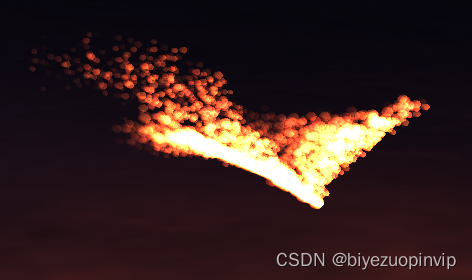
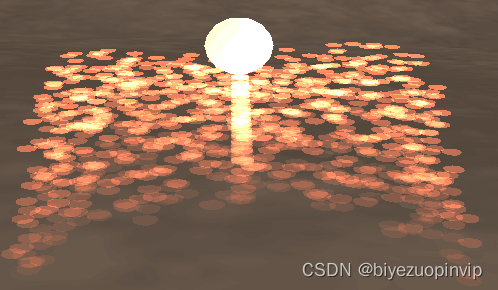
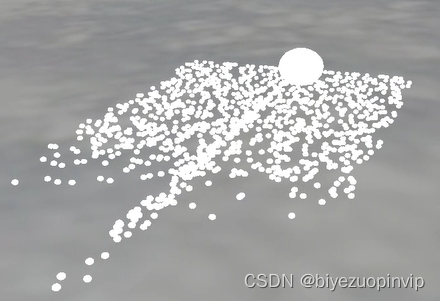
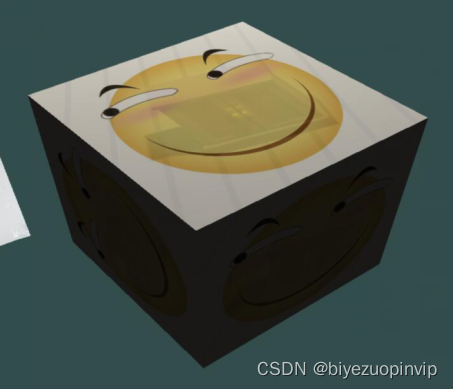

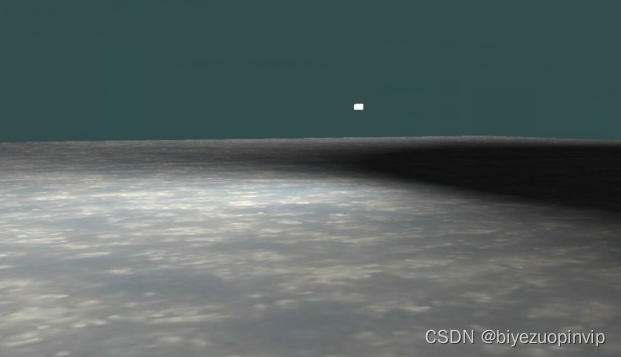
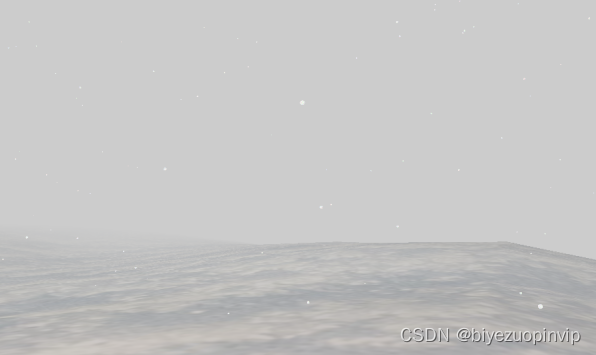
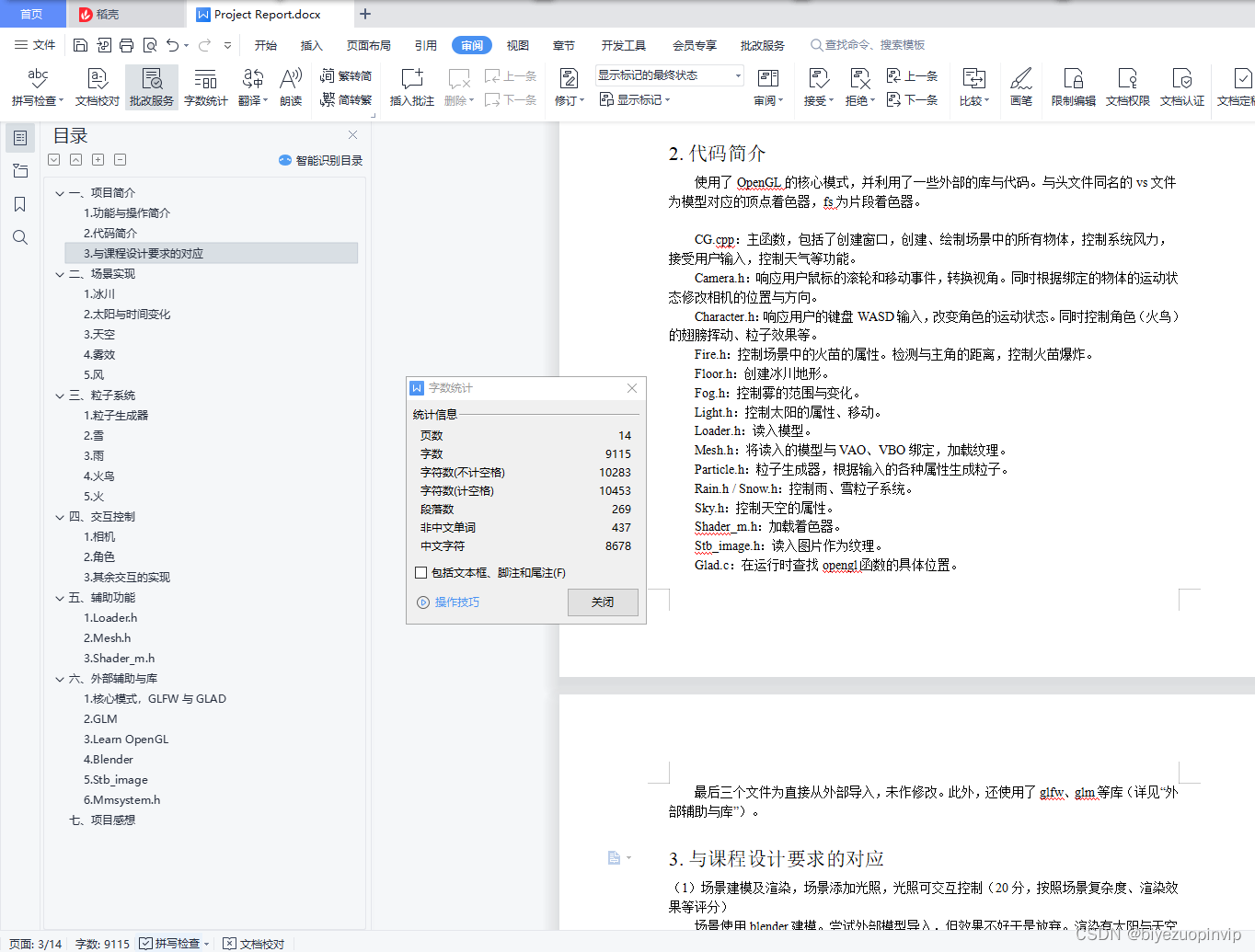
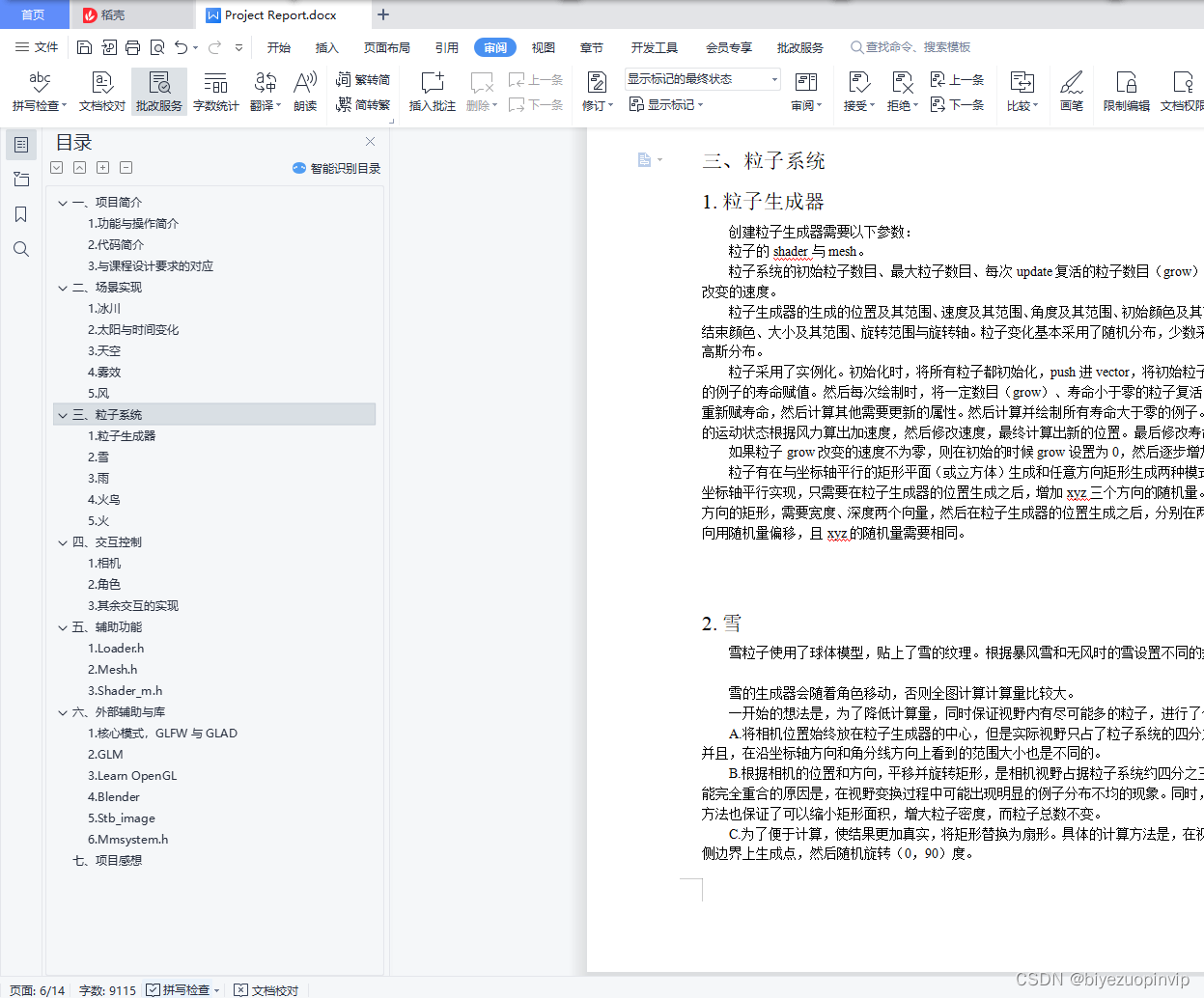
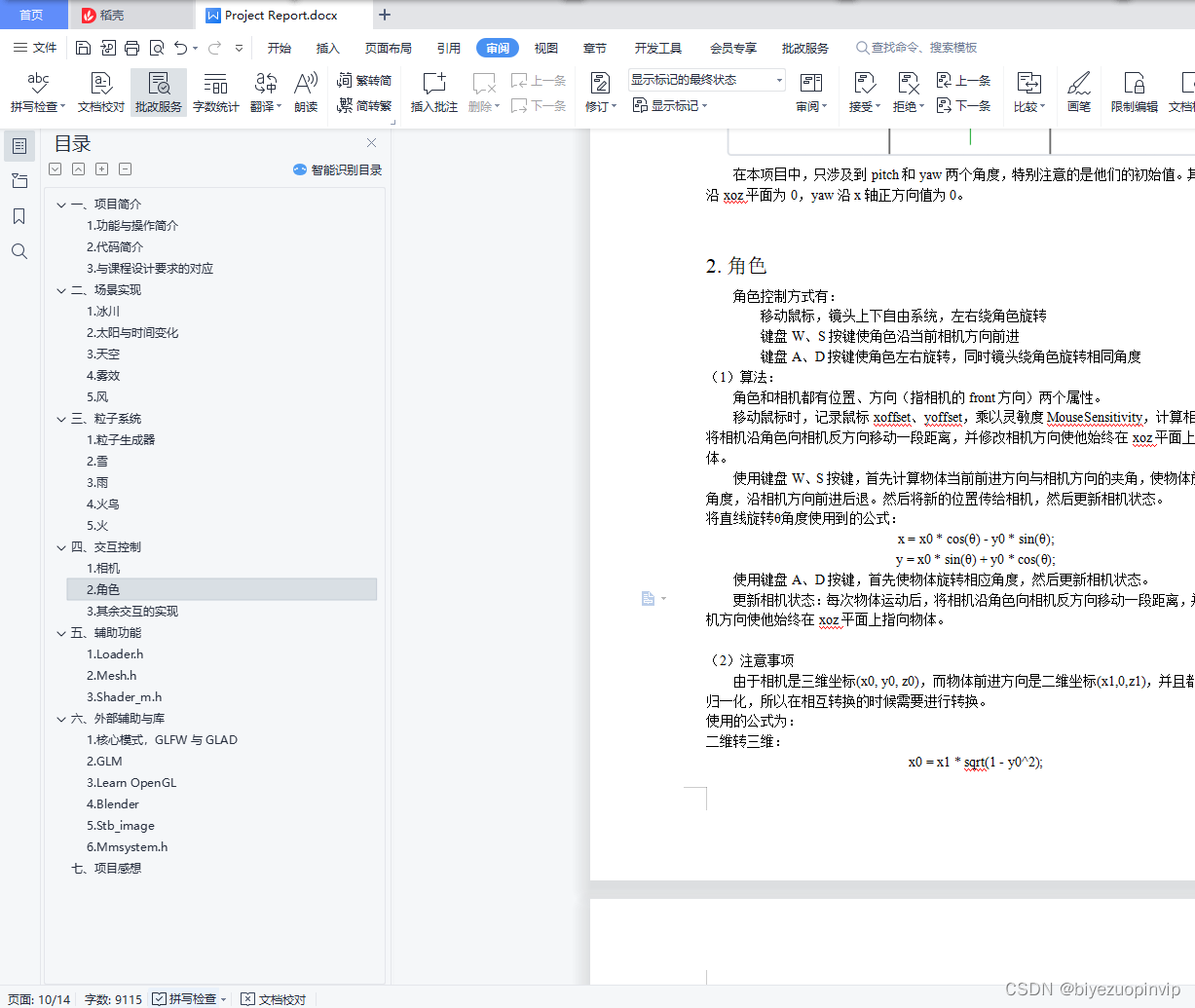
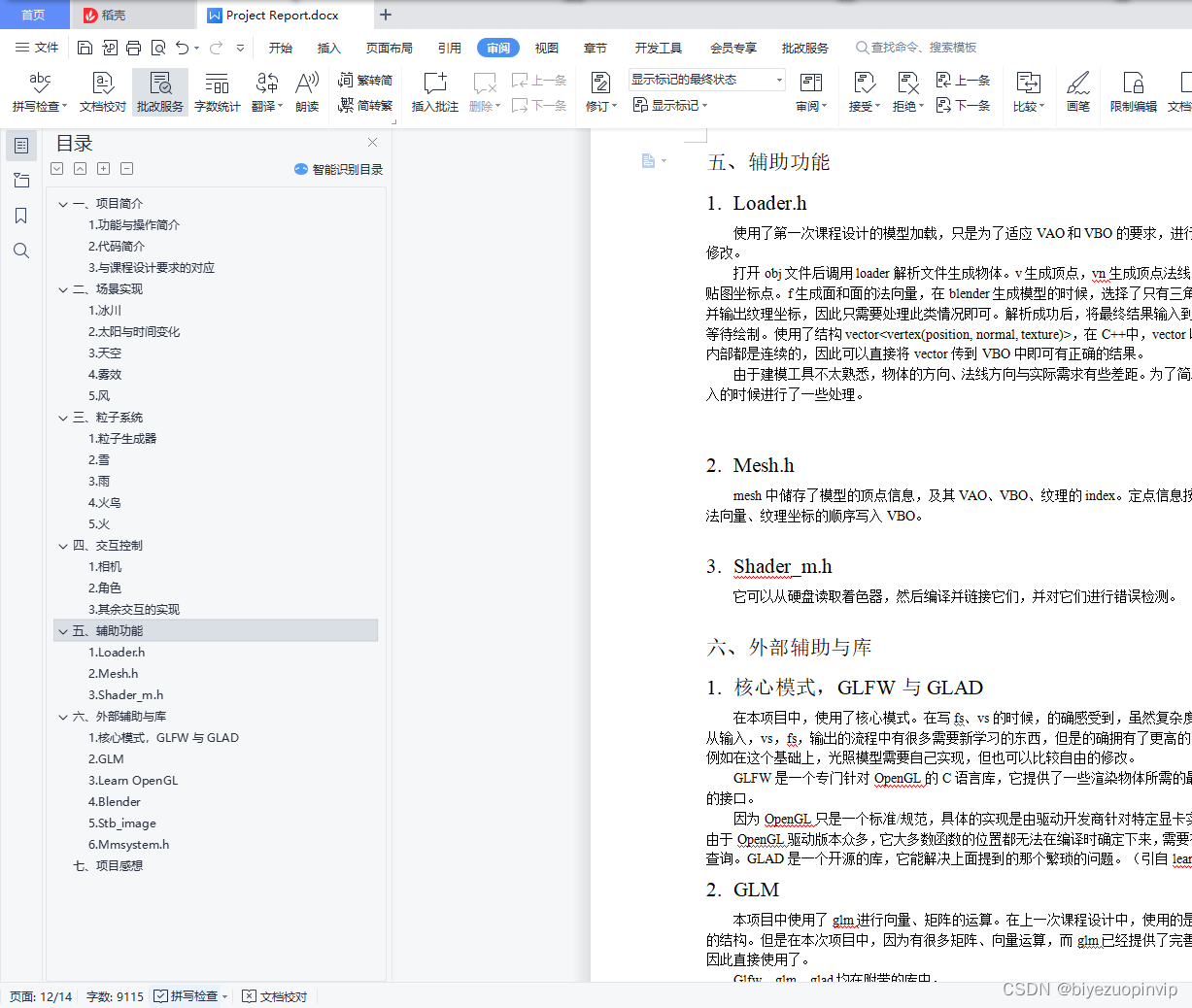
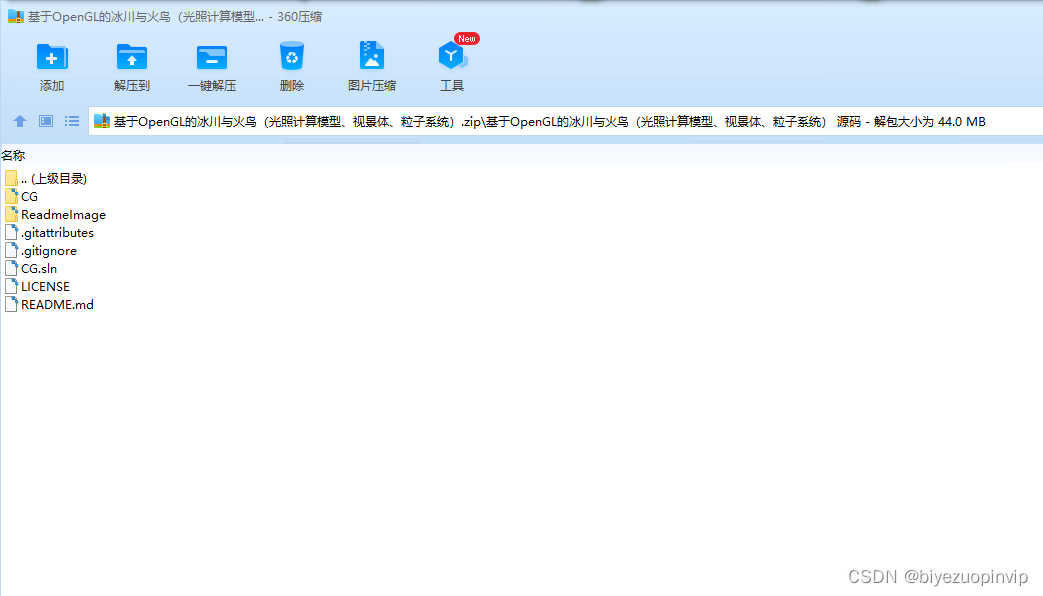
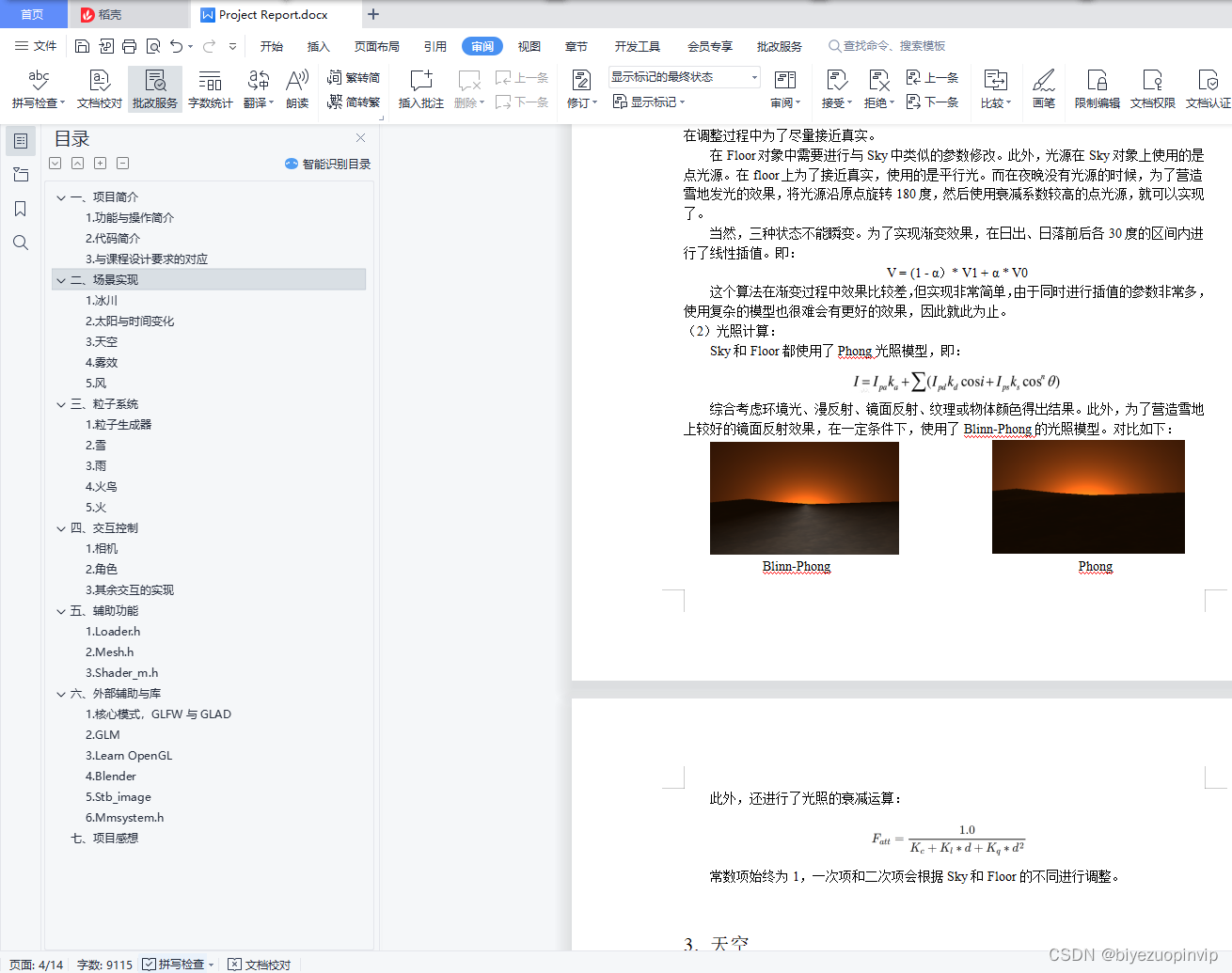
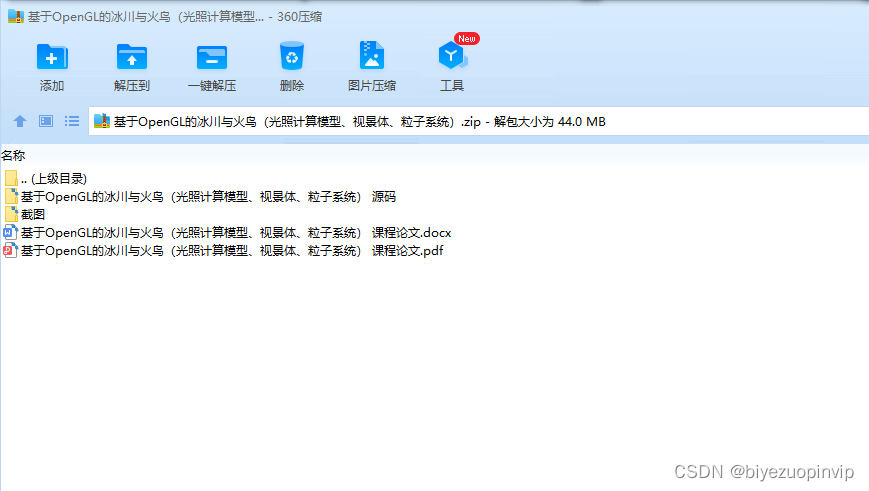
边栏推荐
猜你喜欢
随机推荐
你想要的宏基因组-微生物组知识全在这(2022.8)
什么是现场服务管理系统(FSM)?有什么好处?
力扣 622. 设计循环队列
请教一个数据库连接池的问题,目前已知是事务未设置超时,又有一块代码事务没有提交,一直把连接给耗尽了,
Boyun Selected as Gartner China DevOps Representative Vendor
二本 两年经验读者 阿里P6面经
thinkphp框架5.0.23安全更新问题-漏洞修复-/thinkphp/library/think/App.php具体怎么改以及为什么要这么改
流量分析三—远程登陆
EasyCVR平台通过国标GB28181接入柯达NVR显示注册失败,该如何解决?
备战无人机配送:互联网派To C、技术派To B
洛谷P1966 火柴排队
洛谷P4799 世界冰球锦标赛
药品研发--检验记录与检验报告书的书写细则
香农与信息论三大定律
从技术全景到场景实战,透析「窄带高清」的演进突破
研发了 5 年的时序数据库,到底要解决什么问题?
NIO's Selector execution process
安装Mac版Mysql卡在Installation阶段,彻底清理mysql并重装mysql
针对时间的功能测试点,这里给你总结全面了
日常开发中,String类中常用的方法
